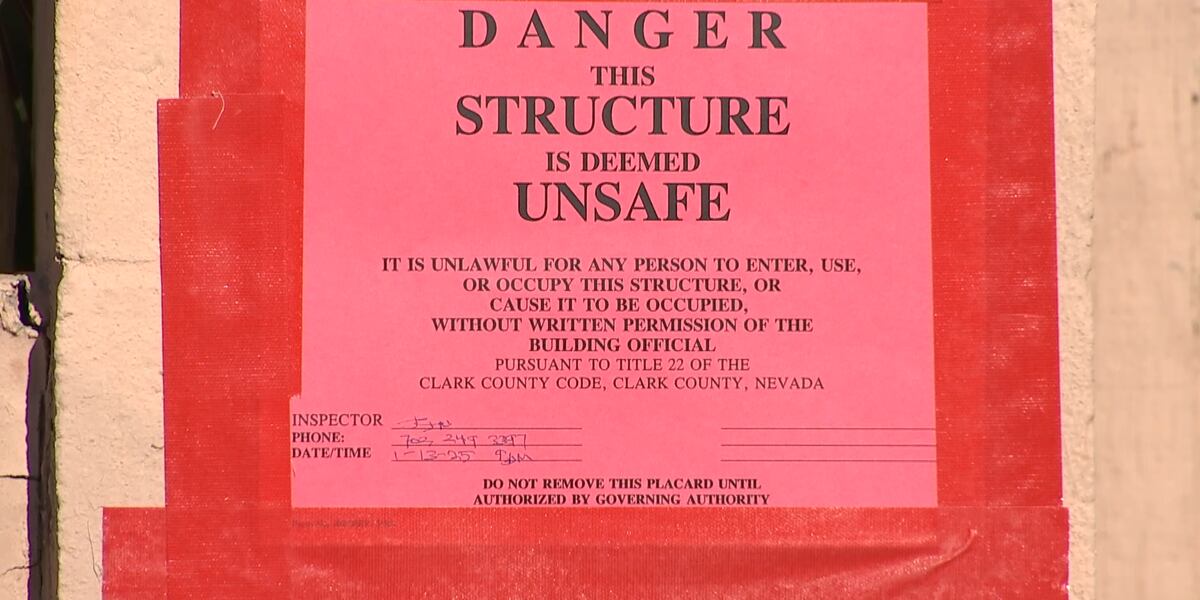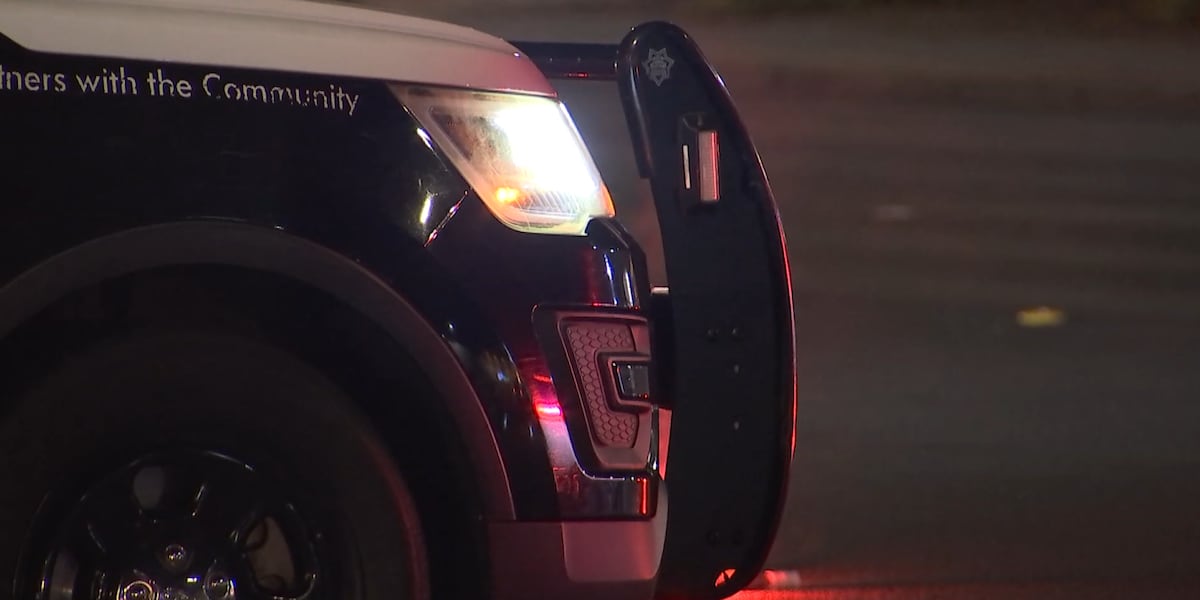LAS VEGAS, Nev. (FOX5) – I’ve been anchoring the news at FOX5 for over 20 years. Today, I’m part of it.
I want to share my story so maybe it can help one of you. I tore my Achilles playing pickleball. I laughed about it, we all had fun with it…pickleball, really?
Here’s what I didn’t know: something else was happening inside my body. It was a Thursday afternoon. We were taping a show at the time when my story took a scary turn.
After coughing my way through our “Beat The Odds” show, I bumped into our executive producer Kristin Bernal in the hallway.
“The second you came out that door and couldn’t get a sentence out… I knew something was wrong,” Bernal recalled.
I definitely felt shortness of breath, but thought it was a cold, no big deal. Kristin told me to go to quick care, of course I didn’t listen.
“My husband even said he’s gotta look out for blood clots,” Bernal said. “When I found out you were in the hospital I was like, ‘Oh god I hope it’s not a blood clot.’”
It was. A massive blood clot had traveled deep into my lungs.
“It can be considered the silent killer,” Dr. Edwin Kingsley said. “A full quarter of patients, their first symptom of having a blood clot in their lungs is death… sudden death.”
Dr. Kingsley is one of the top hematologists in town. He tells me blood clots affect 1 million Americans a year. About 100,000 will die from it.
“Would put it third leading cause of death… cardiovascular… cancer… clots and drug overdoses… gives you a little bit of perspective.”
After a sleepless night I got up the next morning and finally took that trip to quick care, which led to an emergency ambulance ride and eventually the emergency room at St. Rose Hospital. After some scanning and testing, I got the news: a massive blood clot had travelled into my lungs creating a pulmonary embolism. Things got very real, very fast.
“The clot burden in your case was quite large… chemistry levels elevated… right heart strain so you were a perfect candidate for this procedure.”
Doctor Stan Liu is the hero of my story and many others; he literally saves lives. The procedure he mentioned is called a mechanical thrombectomy. Instead of using drugs to dissolve the blood clot, he uses a device called “the flow-triever” to suck it out. It’s a new tool in the fight against clotting.
“It’s not offered to everyone cause not everyone needs it,” Dr. Liu said. “Only patients with severe disease…. Clotting would benefit from this procedure the most.”
Doctor Liu and his team wheeled me into a special room and got to it. He inserted a guide-wire into my groin area and started snaking the wire through my blood vessels and through my clot. Yes, I was awake, and yes, I could feel the wire.
“It sounds very scary, very painful, but generally it’s not.” Dr. Liu said. “These vessels don’t have much sensation. Actually it’s not a very painful procedure.”
No pain. In fact about an hour into it, relief, as Dr. Liu sucked out the clots a rush of air entered my lungs. I could breath again.
I was no longer in immediate danger, but it did leave me wondering, how and why this happen?
“Your case is very unusual.”
Dr. Kingsley says clotting is normal, but the amount of clotting I had is not. We still don’t have the definitive answer as to why.
Most people form blood clots because of cancer, a blood defect, long periods of travel or a traumatic injury. I did suffer a torn Achilles a month before and was in a splint for three weeks.
“Basically a limb is put at rest and blood doesn’t like that,” Dr. Kingsley said. “Blood likes to move so when leg isn’t moving much then blood tends to pool and can clot.”
And if the clot breaks free, that’s the danger zone.
“The clot becomes large enough to cause problems… either in leg or sometimes arm,” Dr. Kingsley said. “These clots can break loose and go into lung and that’s when they become deadly.”
As scary as blood clots can be, the medical tools in treating them have never been better. Blood thinners are less invasive and highly effective, and if things really go south, new mechanical devices like the flow-triever, in the hands of a great doctor, can and do save lives.
“There’s a bit of finesse to do these procedures… have to be cautious otherwise these mechanical devices are highly effective,” Dr. Liu said.
“The treatments have come a long ways and we’ve made such good progress… the future looks bright for folks who’ve had blood clots.”
If you feel shortness of breath, acute chest pain, swelling in your legs or have fainting spells, these are all symptoms of blood clots. Get immediate medical help.
Copyright 2024 KVVU. All rights reserved.





